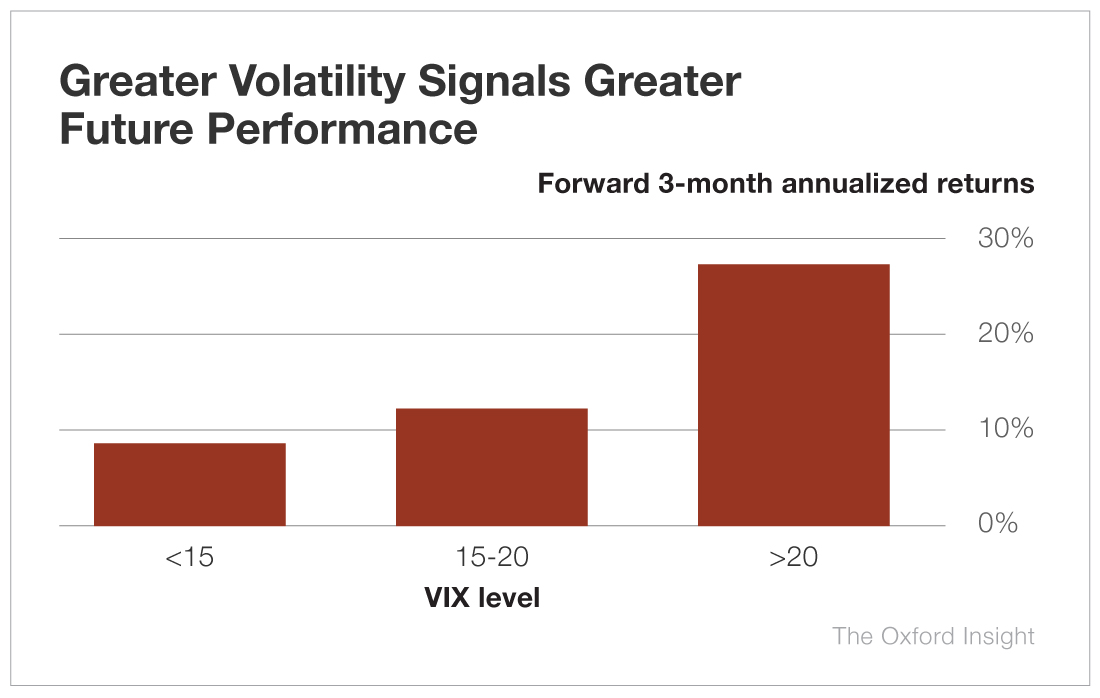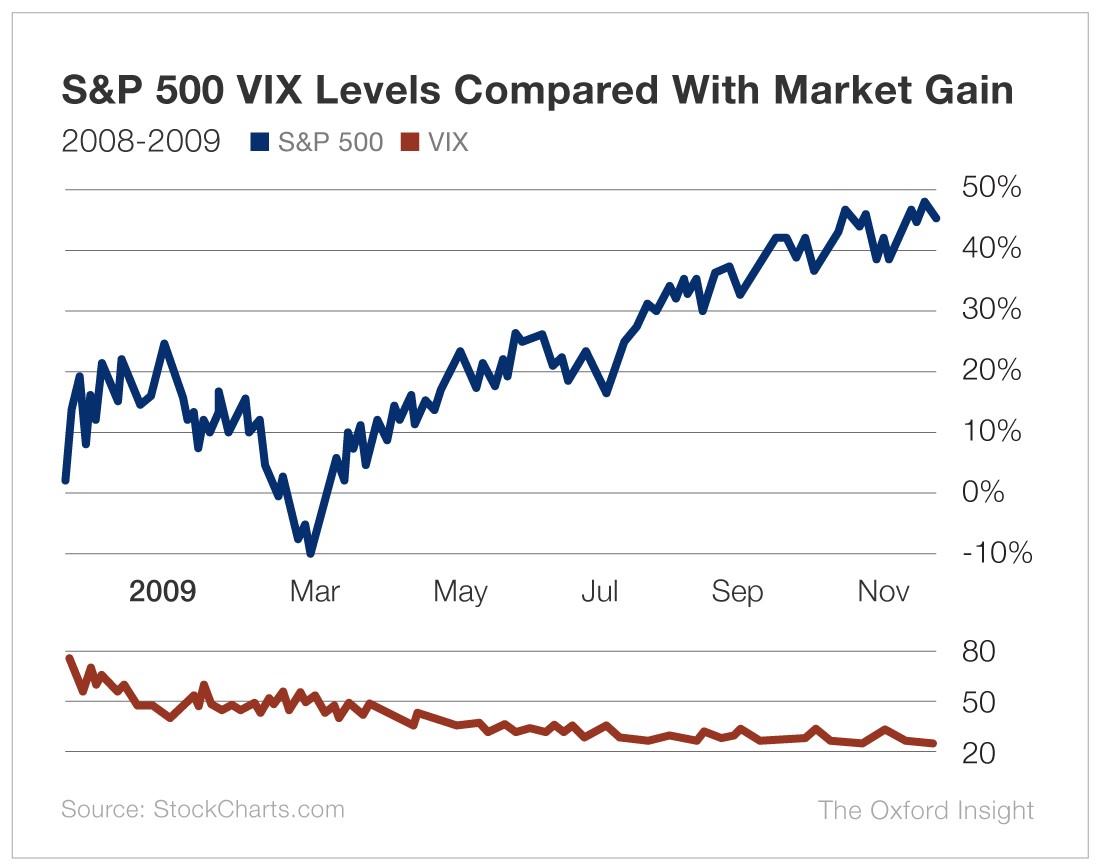This Chart Says Stocks Could Rally Big
From the Baltimore Clubhouse – Last year was a rough one for stock investors – but it wasn’t all gloom and doom.
Despite the fact that every major market benchmark – S&P 500, Dow and Nasdaq – closed out 2018 in the red, the economic fundamentals were quite strong.
Consider these market milestones…
U.S. corporate profits reached an all-time high of $2.1 trillion in the third quarter of last year. And S&P 500 companies are expected to clock in their annual earnings growth since 2010.
Each of the 11 major sectors is projected to report positive earnings growth for 2018, with nine of the 11 expected to see double-digit growth.
The market even hit a few milestones this year…
A record 77% of S&P 500 companies beat revenue estimates in the first quarter of 2018. And a record 80% of S&P 500 companies beat earnings estimates in the second quarter.
These companies also saw their highest year-over-year earnings growth (26%) since 2010, as well as their highest quarterly revenue growth (10.5%).
While this didn’t translate into a blockbuster year for stocks, it does show that the moodiness in the market has diverged from reality.
In other words, this market is largely oversold.
As such, a cheaper stock market with good fundamentals sets the stage for a rebound. That’s what I believe investors can – and should – look forward to this year.
In fact, an important technical metric also suggests this. It’s volatility as tracked by the CBOE Volatility Index (VIX).
Volatility has an interesting relationship with stock market returns. Historically, low volatility tends to precede low rates of return and high volatility often forecasts big returns over the coming year.
Right now, we’re in the midst of a high-volatility market. Over the past five years, the VIX has had an average level of about 14.9. Yet in the market’s recent correction, it hit a high of about 36.1 – more than double the norm.
Large spikes in the VIX have historically been a good sign for future returns.
You can see this pattern in the chart below…

As you can see, spikes in volatility can signal bigger returns for stocks in the months that follow.
To put things in perspective, right now the VIX is sitting at around 25. So we’re still in a high-volatility market.
That suggests that we can expect significant gains over the next several months to a year.
Let’s consider one historic example… the 2008 financial crisis.
Near the end of 2008, around the time stocks were starting to bottom out, the VIX reached fresh new highs of more than 80.
But over the following year, the market rebounded and gained 45%.

Outside of the historically high volatility of the financial crisis, the VIX peaked in August 2011 at 48.
Using high volatility as a potential buy signal, investors could have generated a 25% return in the broad market over the subsequent 12 months.

History suggests that moments like these are best for buying into the market rather than selling off.
And as I’ve written many times, it’s best to see market crises as opportunities to find better deals on great companies.
It’s fair to say that the worst of the storm has already passed. Investors have more to look forward to than to worry about.
Good investing,
Anthony